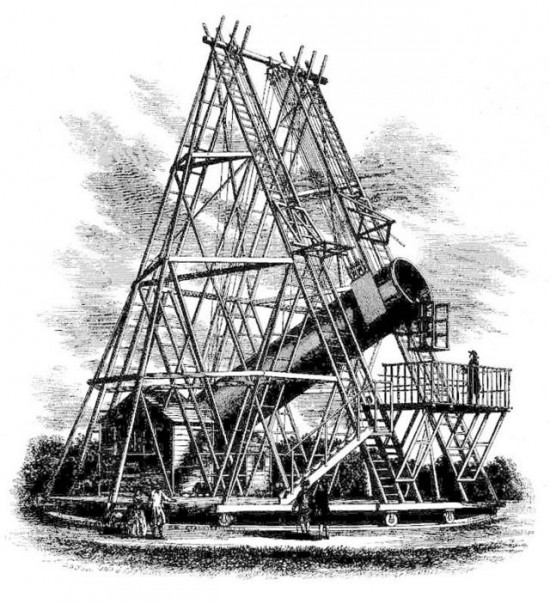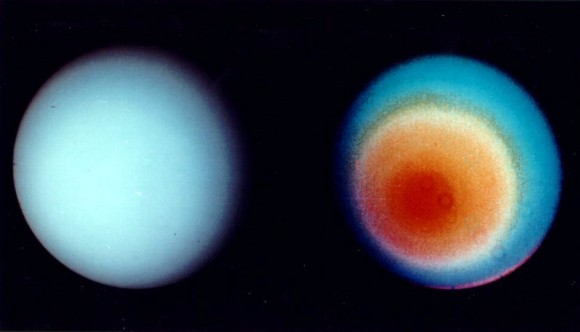
March 13, 1781: A happy accident
The 7th planet – Uranus – was discovered on March 13, 1781, completely by accident. British-German astronomer William Herschel was performing a survey of all stars of at least magnitude 8. These are stars slightly too faint to see with the eye alone. That’s when he noticed a very faint object – only barely above the limit for viewing with the eye – that moved in front of the fixed stars. This movement clearly demonstrated that the object was closer to us than the stars. At first, he thought he had found a comet. Later, he and others realized it was a new planet in orbit around our sun, the first new planet discovered since ancient times.
Astronomers later learned they had observed Uranus as far back as 1690. They’d just never really noticed it before. It was Herschel who first realized the true nature of this distant light in our sky.
Join us in making sure everyone has access to the wonders of astronomy. Donate now!

How Uranus got its name
Herschel proposed to name the object Georgium Sidus, after King George III, but those outside of Britain weren’t pleased with the idea. Instead, on the suggestion of astronomer Johann Elert Bode, astronomers decided to follow the convention of naming planets for the ancient gods.
Uranus – an ancient sky god, and one of the earliest gods in Greek mythology – was sometimes called Father Sky and was considered to be the son and husband of Gaia, or Mother Earth.
King George III was pleased, whatever the name. As a result of Herschel’s discovery, the king knighted him and appointed him to the position of court astronomer. The pension attached let Herschel quit his day job as a musician and focus his full attention on observing the heavens. He went on to discover several moons around other gas giant planets. He also compiled a catalog of 2,500 celestial objects that’s still in use today.

Rings of Uranus
In 1977, astronomers using the Kuiper Airborne Observatory made another serendipitous discovery. They found rings around the planet Uranus. That discovery made Uranus the second known ringed planet in our solar system. Currently Uranus has 13 known rings and 28 known moons, most of which are small.
The closest we humans have come to Uranus was in 1986, when the Voyager 2 spacecraft swung by the planet. At its closest, the spacecraft came within 50,600 miles (81,500 kilometers) of Uranus’ cloud tops on January 24, 1986. Voyager 2 radioed thousands of images and voluminous amounts of other scientific data on the planet, its moons, rings, atmosphere, interior and the magnetic environment surrounding Uranus.

Bottom line: Astronomer William Herschel discovered the planet Uranus – the first planet discovered since ancient times – on March 13, 1781.
New moons! Uranus now has 28 and Neptune 16
Read more: Seasons of Uranus, a sideways world with strange seasons











